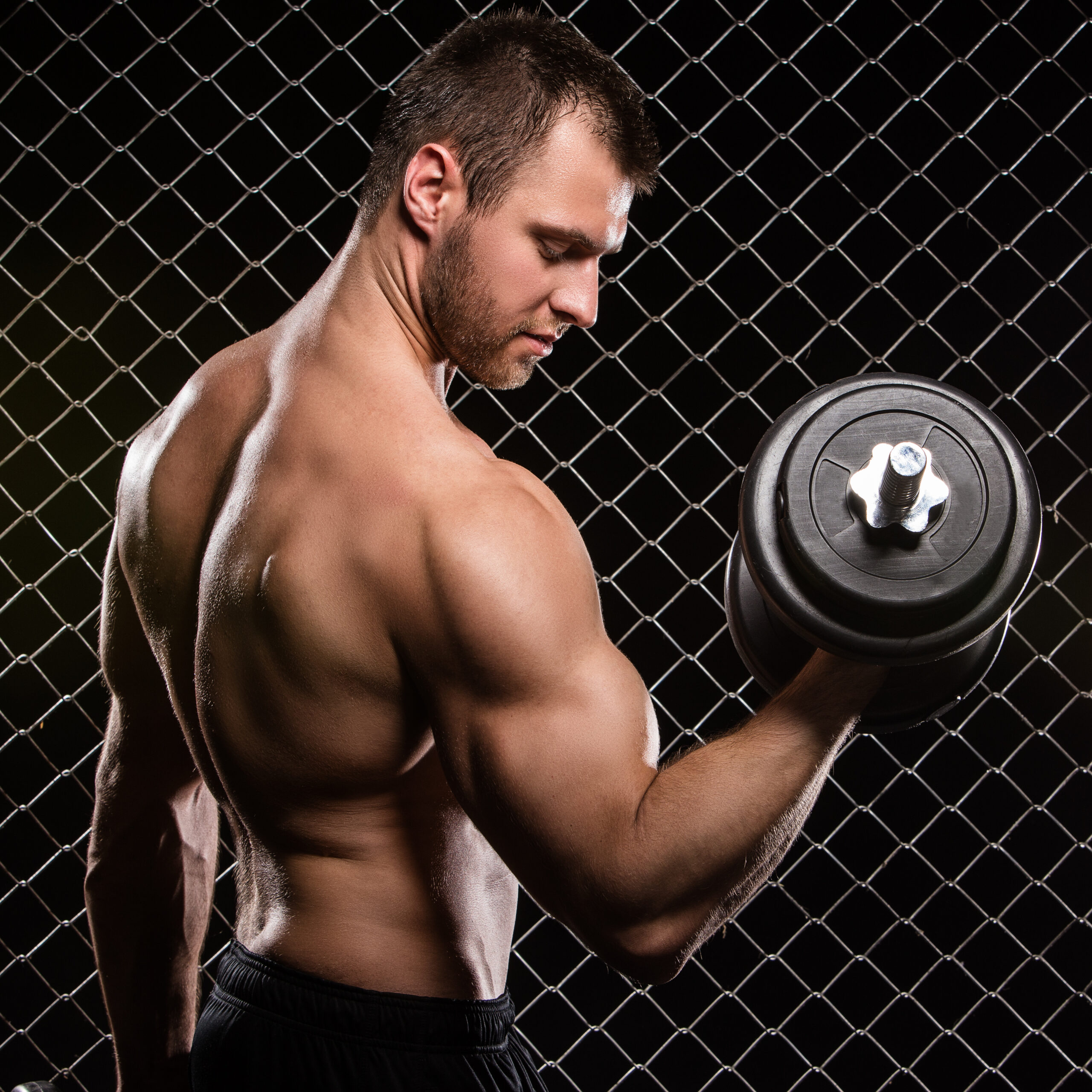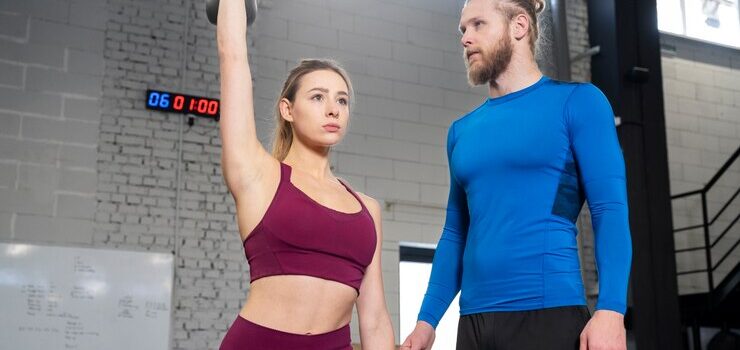
Introduction
Defining Peso Pluma’s Height
Peso Pluma Height , a term that translates to “featherweight” in English, often refers to a specific weight class in combat sports such as boxing and mixed martial arts (MMA). The height of athletes in this category can vary, and understanding these variations provides insight into how height can impact performance within the featherweight division.
Importance of Peso Pluma’s Height
Understanding the height dynamics in the featherweight division is crucial for both fans and aspiring athletes. It influences fighting styles, reach, and overall competitiveness. This article delves into the height specifics of featherweight fighters, offering a comprehensive analysis.
Types and Categories
Weight Classes in Combat Sports
Weight classes are essential in combat sports to ensure fair competition. They include categories such as flyweight, bantamweight, featherweight (peso pluma), lightweight, and heavyweight. Each class has specific weight limits and typical height ranges.
Featherweight Class Overview
Featherweight is typically for athletes weighing up to 145 pounds in boxing and MMA. The height of featherweight fighters usually ranges from 5’5″ to 5’9″, although there are exceptions.
Symptoms and Signs
Physical Attributes of Featherweight Fighters
Featherweight fighters often exhibit a blend of speed, agility, and power. Their height plays a significant role in their fighting style and strategy.
Impact of Height on Performance
Height influences reach, balance, and defensive capabilities. Taller fighters may have an advantage in reach, while shorter fighters might benefit from a lower center of gravity.
Causes and Risk Factors
Genetic Factors
Height is largely determined by genetics. The variation in height among featherweight fighters can be attributed to their diverse genetic backgrounds.
Training and Nutrition
Proper training and nutrition during developmental years can impact an athlete’s final height. Combat sports athletes often follow rigorous training regimens and dietary plans to optimize their physical attributes.
Diagnosis and Tests
Measuring Height Accurately
Height measurement in athletes is typically done using a stadiometer. Accuracy is crucial for maintaining fair competition standards.
Regular Health Assessments
Athletes undergo regular health assessments, including height measurements, to monitor their physical development and ensure they remain within their designated weight class.
Treatment Options
Training Adjustments
Coaches often tailor training programs based on an athlete’s height and reach. Taller fighters might focus on striking techniques, while shorter fighters may emphasize grappling.
Nutrition Plans
Dieticians design nutrition plans to support optimal growth and physical performance. Proper nutrition is essential for maintaining the appropriate weight and muscle mass.
Preventive Measures
Balanced Training Regimens
Balanced training regimens that include strength, conditioning, and flexibility exercises help prevent injuries and promote overall physical health.
Regular Monitoring
Regular monitoring of height and weight ensures that athletes remain within their weight class and can adjust their training and nutrition as needed.
Personal Stories or Case Studies
Success Stories
Many successful featherweight fighters have unique stories about how their height impacted their career. Examples include Conor McGregor, known for his reach advantage, and Jose Aldo, who utilizes his compact build for powerful strikes.
Overcoming Challenges
Some fighters have had to overcome challenges related to their height, adapting their fighting style to maximize their strengths and minimize weaknesses.
Expert Insights
Quotes from Trainers and Fighters
Experts in the field, including trainers and former fighters, often emphasize the importance of adapting training techniques to an athlete’s height and reach.
Medical Opinions
Sports medicine professionals provide insights into how height affects an athlete’s biomechanics and injury risk.
Conclusion
Summary of Key Points
Understanding the height dynamics in the featherweight division provides valuable insights into the strategies and performance of athletes. Height influences reach, balance, and overall fighting style.
Call to Action for Further Education
For those interested in combat sports, it’s essential to consider how physical attributes like height can impact performance. Aspiring athletes should work closely with trainers and nutritionists to optimize their training and diet.
FAQs
What is the typical height range for featherweight fighters?
Featherweight fighters typically range from 5’5″ to 5’9″, though there are exceptions.
How does height impact a fighter’s reach?
Taller fighters usually have a longer reach, which can provide an advantage in striking from a distance.
Can training influence an athlete’s final height?
While training can optimize physical development, an athlete’s final height is primarily determined by genetics.
What role does nutrition play in an athlete’s height?
Proper nutrition supports overall growth and development, ensuring athletes reach their optimal height potential.
Are there successful short featherweight fighters?
Yes, many short featherweight fighters have achieved great success by leveraging their unique strengths and adapting their fighting style.













